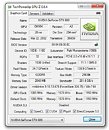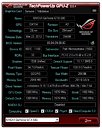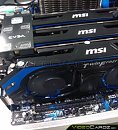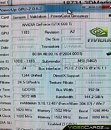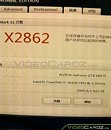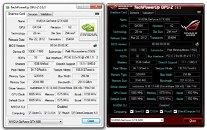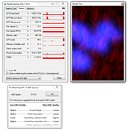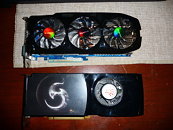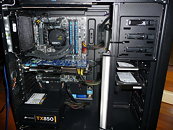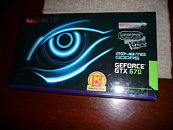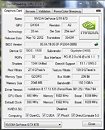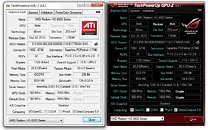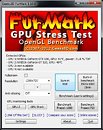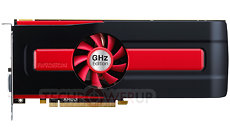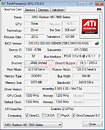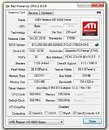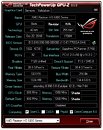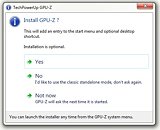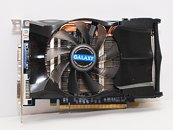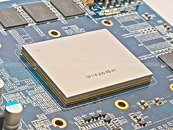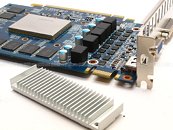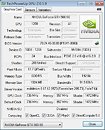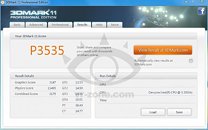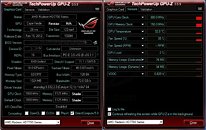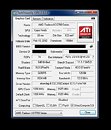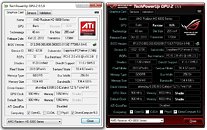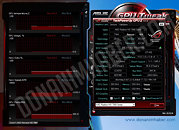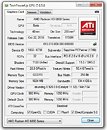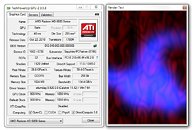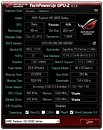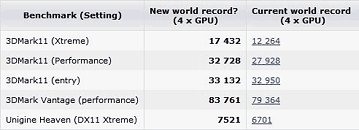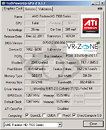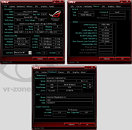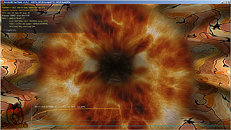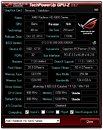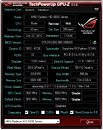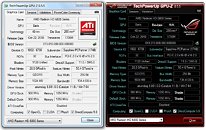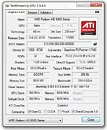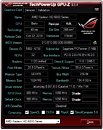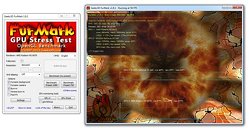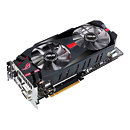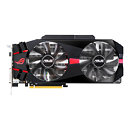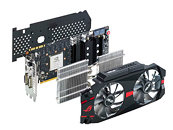
TechPowerUp GPU-Z 0.6.4 Released
TechPowerUp launched the latest version of GPU-Z, the popular graphics sub-system information and diagnostic utility that gives you technical details of installed graphics hardware, and lets you monitor clock-speeds, voltages, temperatures, graphics memory usage, ASIC quality, and several other parameters. Version 0.6.4 adds/refines support for several upcoming NVIDIA GPUs, such as GeForce GTX 660 Ti, GeForce GTX 660, GeForce GTX/S 650, GeForce 610, and GeForce GTX 680M; Intel GMA 3600 (ROP count); AMD "Trinity" APUs (clock reading accuracy) and AMD FirePro 2270.
GPU-Z 0.6.4 also changes the way multiple GPUs in a system are sorted in the GPU selection drop-down list. They are now arranged by display-outputs. GPU-Z now correctly reads memory amount for NVIDIA GPUs with over 4 GB of memory. Support for CHL8288 VRM controller is improved giving accurate temperature readings. A number of stability issues were addressed.DOWNLOAD: TechPowerUp GPU-Z 0.6.4
A list of changes follows.
GPU-Z 0.6.4 also changes the way multiple GPUs in a system are sorted in the GPU selection drop-down list. They are now arranged by display-outputs. GPU-Z now correctly reads memory amount for NVIDIA GPUs with over 4 GB of memory. Support for CHL8288 VRM controller is improved giving accurate temperature readings. A number of stability issues were addressed.DOWNLOAD: TechPowerUp GPU-Z 0.6.4
A list of changes follows.
